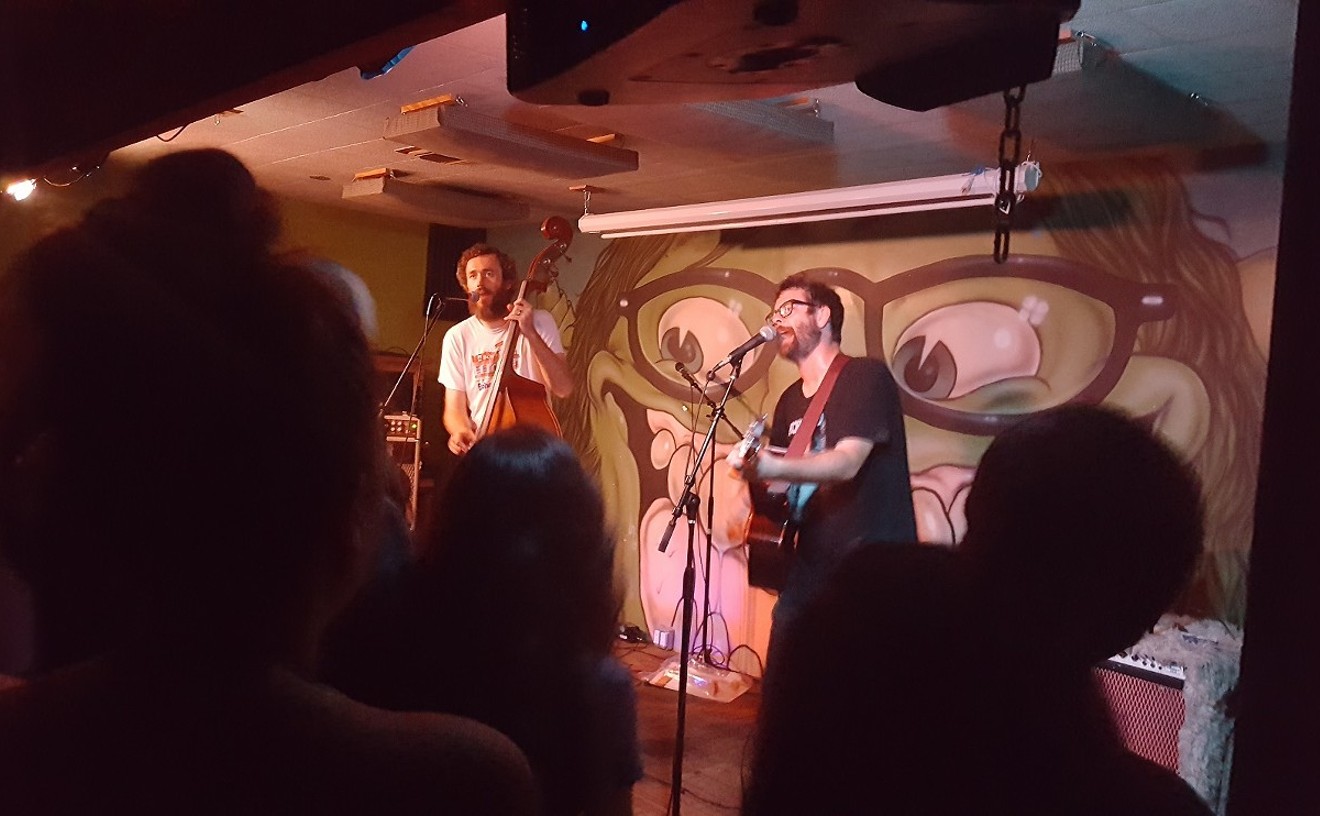As we begin to stare down summer's dog days and the Valley's scorched earth refuses to cool regardless of the monsoon's best efforts, the need to find alternative cycling outlets becomes imperative.
So why not take your riding indoors? We've never been fond of indoor training as the lack of air circulation, passing scenery, and the feel of the road or trail rolling under wheel is, quite frankly, irreplaceable.
But as the fall rides and races approach, we're still looking to stay in shape. So, we decided to try a little experiment and compare the experience and output of a one hour spin class to a one hour road ride.
As with any experiment, there needs to be some controlled variables. For this exercise, our rider (yours truly) wore the same bike gear, rode for essentially the same duration of time, and tried to replicate a similar program routine. I also wore a heart rate monitor tied to a Garmin Edge 500 bike computer to measure heart rate, estimated calories burned, and environment temperature
First up was the spin class. In the best interest of full disclosure, this rider had never participated in a spin class before, but many, many hours of riding on an indoor trainer had been experienced so the practice was not totally foreign.
This specific spin class was held in an intentionally dark room and was filled almost entirely with young, pony-tailed blondes dressed in yoga pants and sport tanks - clearly not a cycling-oriented bunch. All riders were on Lemond Fitness trainers and the workout was set up as a series of 30 to 45 second intervals intended to be ridden out of the saddle, or standing on the pedals, building to a sustained "climbing effort" before the cooldown.
Based on data recorded on the bike computer, the room was kept at an average of 84 degrees. High tempo, heavy beat pop music was piped through the room as the instructor barked instructions and motivational lines such as, "You can squeeze it tighter!"
I noticed a couple of things right out of the gate. It seemed that the instructor and virtually all spinners were treating this as "jogging on pedals," and everyone was bouncing and moving their upper bodies all over the trainer in the hopes of getting a more full-body workout. Both of these concepts are antithesis to what cyclists are taught and told. But in the interest of journalism, I tried to follow the class. This proved to be a major mistake I will get to later.
There was no question the workout was vigorous as sweat was pouring profusely from my pores. I tend to perspire heavily as it is, but without the constant wind current that comes from riding outdoors evaporating some sweat from my skin and cooling my body, I was drenching myself and my towel.
Midway, I decided to break from the instructor's lead to "jog," "run," or "climb" and finish the workout riding my own style, still following the interval progressions and adjusting the tension knob on the trainer to account for what I would translate as gearing on the bike. I did notice very few if any of the spinners were even touching the tension knob, electing instead to stay at one level and just spin.
Upon completion, my initial reaction of the hour was that I felt as hot, if not hotter than I typically do and my quadriceps seemed to be tightening in a way that they never do after a ride regardless of distance or effort. According to the bike computer I burned 768 calories with an average heart rate of 166 beats per minute. Total ride time was 56 minutes.
The following morning, I pushed out for the road portion of the experiment. Again, I rode for a 10 minute warm-up period and then rode a series of 30 second intervals as I headed for a short, sustained hill climb before heading back and returning home. Immediately, I noticed upper leg tightness and discomfort that I had never experienced from bike riding before. The discomfort did not seem to affect my speed or perceived level of effort though.
I also noticed feeling less hot and sweaty as riding, the original evaporative cooling concept, kept air moving over me allowing the perspiration to do what it's intended to do. However, as soon as I stopped the combination of blazing sun and baked tarmac would cook me. The average recorded temp on the ride was 101, eighteen degrees warmer than the spin classroom, but the feeling while moving was much more refreshing than indoors.
And there is nothing that makes up for the feeling of movement. Feeling the bike glide over the blacktop is a uniquely wonderful sensation, especially as speed increases, and something riding a trainer cannot replicate. Besides, looking at actual scenery passing by will always surpass an artificially lit room, regardless of the company of the other spinners.
I also pedaled as I more naturally ride, spending more time in the saddle (which actually produces greater sustained speed and power than standing; standing is great for temporary power and increased torque) and keeping my upper body still as I focused on transferring as much strength and power as possible through my legs and into the pedal strokes.
The result was interesting. My heart rate for the ride averaged at 160 beats per minute (six below the spin class), yet I burned 836 calories over a ride time of 58 minutes. Granted, the ride was two minutes more, but that still equates to more than half a calorie more per minute at a lower heart rate. Clearly, the road ride was a more productive workout.
Ultimately, we here at Cycle will continue to choose riding the roads, even in the oppressive summer heat, because the workout is more productive, the heat experience is essentially a wash, and riding indoors just can't provide the same experience as riding outside. But there is no denying that indoor spinning is still a good workout.
Word of warning for cyclists looking to spin: I did significantly hurt my lower left quadriceps trying to mimic the spinning routine. Upon talking to spinners and the instructor, I discovered that there was minimal cycling experience or background carried into the routine. If you are a cyclist, stay true to your form and your comfort level and use the spinning session as an opportunity work in a more controlled environment with some built in music and no traffic.
For this experiment, Cycle tried spinning at Studio 360 in Phoenix. This spin gym offers classes without memberships with classes costing $12 each ($5 for first timers) and discounted rates if you pre-purchase multiple session cards. The studio would be better if it offered cycling-oriented spin classes instead of strictly non-impact running style courses.
Lastly, spinning is not done on a bike. Bicycles by definition require TWO wheels cycling or rolling. Spin machines or trainer have one wheel. Cycle doesn't care what they're called as long as they are not referred to as "bikes."
Follow Jackalope Ranch on Facebook and Twitter.










